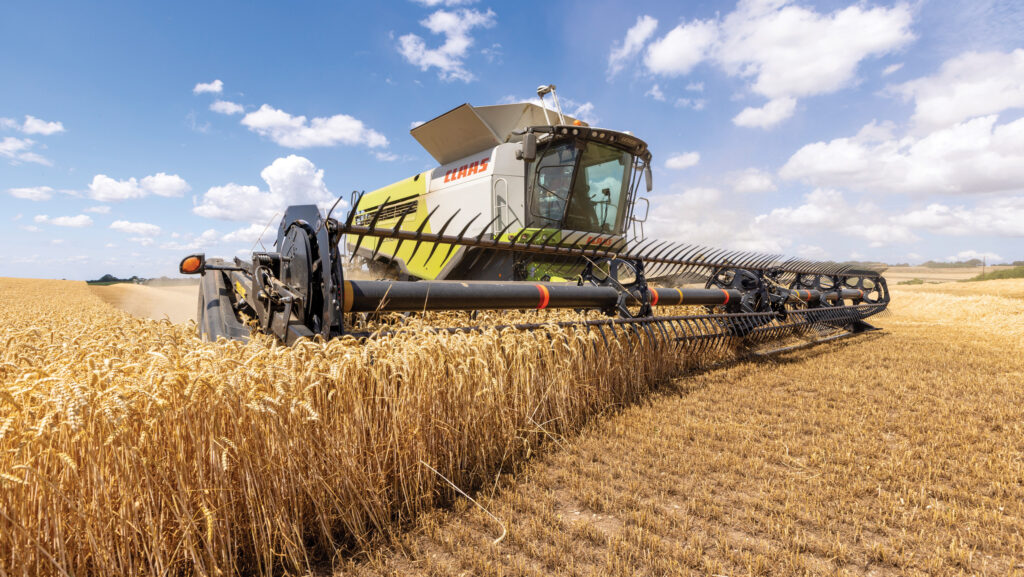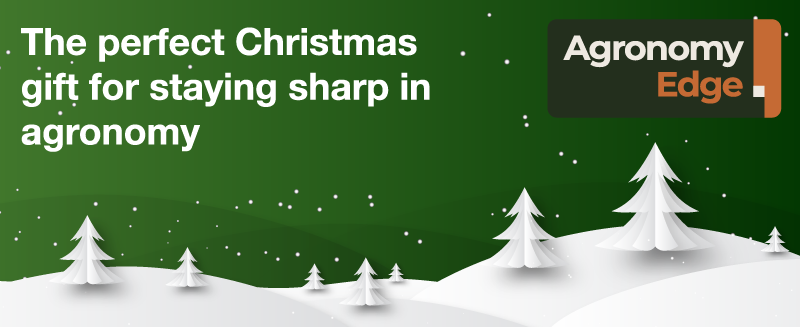High-fibre milling wheat set to offer growers new Group 1 market
 © GNP
© GNP Commercial crops of premium-earning, high-fibre milling wheats are a step closer after bread made using wheat lines naturally high in soluble dietary fibre passed the taste test.
Scientists at Rothamsted Research have spent at least five years selecting wheat lines with naturally higher dietary fibre levels.
In the latest phase of the project, the resulting wheats were used to produce white bread naturally enriched with soluble dietary fibre content, which scored favourably in taste tests.
The project aims to develop types of wheat that can be grown in the UK and produce high-fibre white flour.
See also: Norfolk grower’s verdict on new high-protein milling wheat Vibe
In the lab
Rothamsted, together with the John Innes Centre, has identified wheat lines with high fibre.
It has been able to develop genetic markers for the high-fibre trait, resulting in wheats with up to double the normal content of fibre in white flour.
Rothamsted researcher Dr Alison Lovegrove adds that they have recently been looking at some elite lines provided by UK breeding companies.
They found that some varieties grown in the past have had higher fibre contents.
“We aim to widen this work and look at the fibre content of current elite wheats on the AHDB Recommended List [or those coming through Variety Listing] so we can highlight healthier wheat varieties to millers and bakers who we know are interested in delivering higher fibre into their breads.”
She says it also means that farmers could grow modern, high-yielding wheat with higher fibre contents now, although the aim is to produce lines with greater increases in the future.
“The fact that higher fibre wheat lines already exist is great because it tells us that the high-fibre trait doesn’t affect yield or disease resistance.
“If it did, these wheat lines would have been discarded earlier on in the conventional breeding process.
“We can now help in the selection of wheat lines with high fibre – if the breeders are interested.”
On the farm
So when could we see commercial crops of high-fibre milling wheat?
Alison believes this relies on breeders being sufficiently interested to select for high fibre in their future programmes and for there to be enough “pull” from the processors to specify higher fibre wheats to bring them to market.
She adds that the white flour has the potential to be used in other baked goods such as croissants, naan breads and pizzas, which will also be investigated as part of the project.
Rothamsted Research was part of the Farmers Weekly Future of Food & Agriculture exhibit at New Scientist Live (18-20 October), helping encourage the next generation to consider a career in agriculture and help us feed the world sustainably.
Taste test
Working with specialists at the University of Reading and the Allied Technical Centre, the team tested five high-fibre white breads designed to improve nutritional value and compared them with a standard commercial loaf.
A trained tasting panel assessed 27 different attributes, from crust colour to crumb density, alongside laboratory measurements of moisture, texture and appearance.
The research team found that higher fibre breads tended to be slightly shorter in height, with darker crusts and larger air pockets in the crumb.
They also held more moisture and had a springier texture.
However, the sensory panel still rated the prototypes favourably, suggesting that nutritional improvements need not mean a poorer eating experience.
“The results offer promising insights for breadmakers aiming to boost public health without raising costs or compromising quality,” says Rothamsted’s Dr Alison Lovegrove.
“Increasing fibre intake is a key government nutrition goal, as most adults in the UK fall short of the daily recommended 30g.”
Partners
Harper Adams University is our lead education partner


